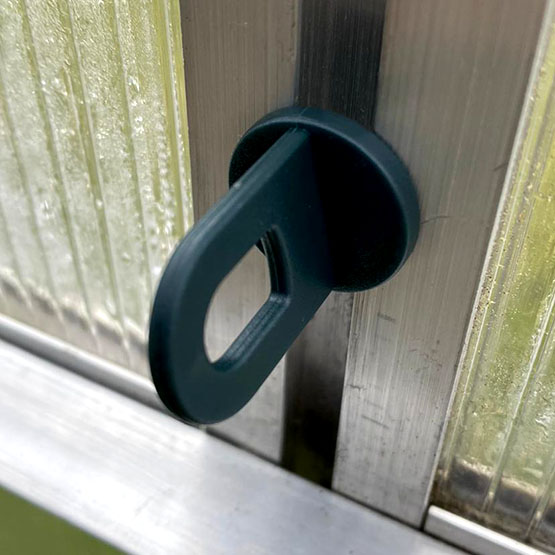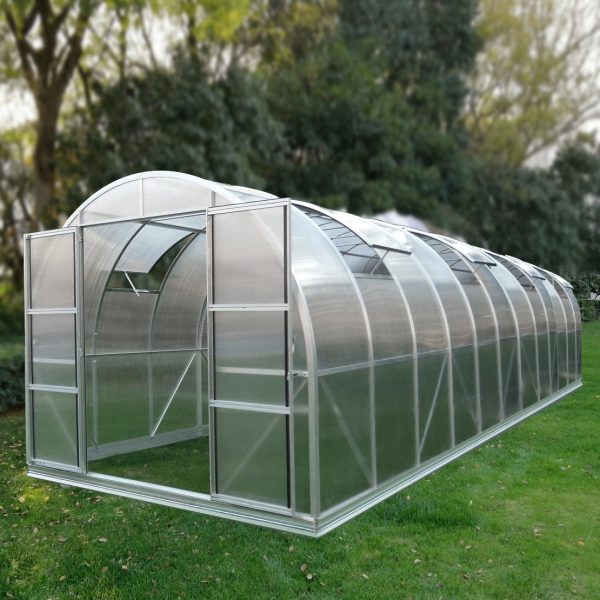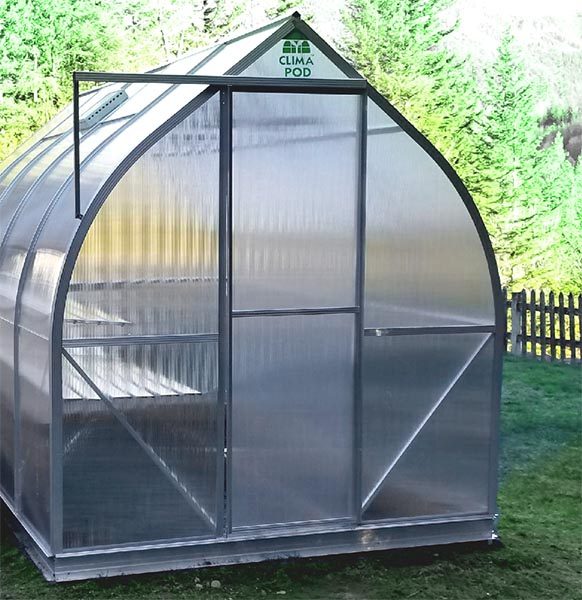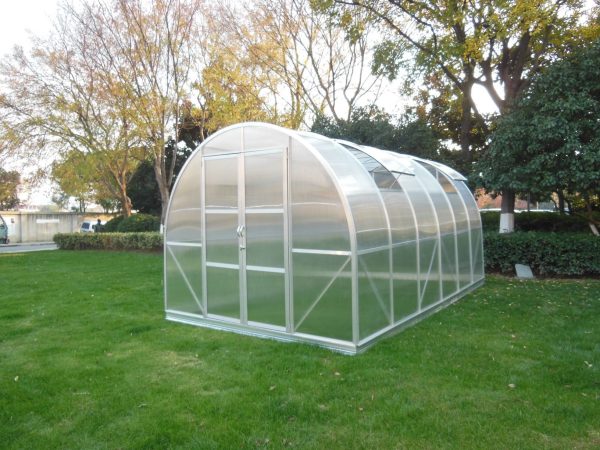June Garden Jobs Tips
Summer is the season of active work in the garden or on the farm. We have compiled a list of the most important things for you this month so that you can have a big harvest. So, read some June garden tips here.
Pruning of ornamental trees and shrubs
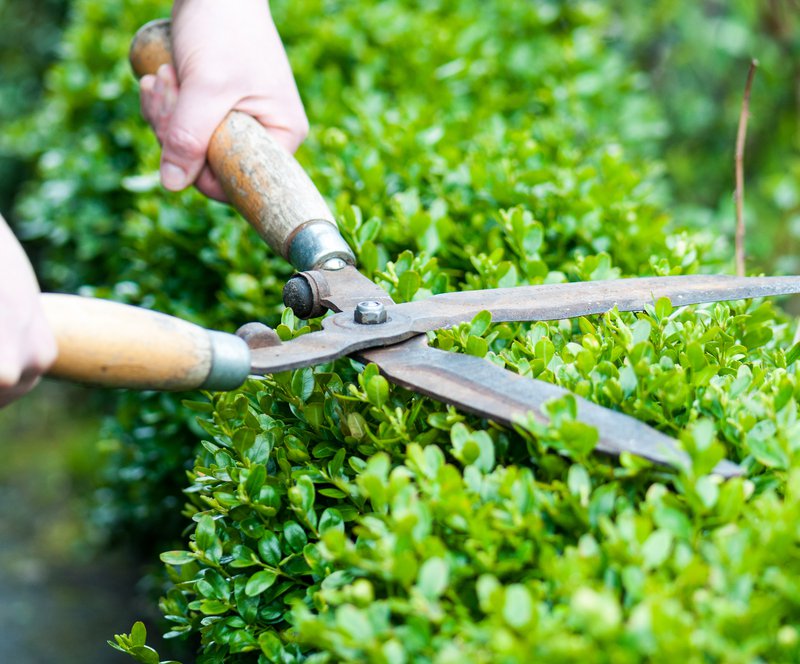
Prune ornamental trees and shrubs immediately after they have faded. If this is done on time, the plant will be able to increase the green mass.
Fruit pruning

If fruit trees and shrubs are grown on a trellis, then when ripe, it is necessary to make pruning pruning.
Feeding fruit
In early June, you need to feed all fruit shrubs and trees growing in the country, potash fertilizers.
Flower care
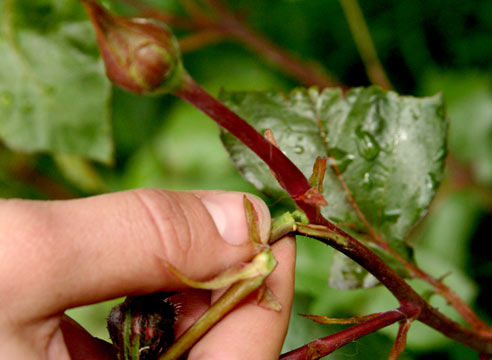
Pinch the side buds for larger flowers. Or vice versa, to remove the central flowers to get umbrellas from small flowers. Remove the withered leaves of summer plants that will not develop this season.
Planting flowers
To plant seedlings of perennials and thermophilic flies in open ground.
Fertilizing flowers
You can feed the flowers with both organic matter and special flower fertilizers. In early June, you should feed all the perennial flowers.
Pest control in the flower garden
June is the time of the invasion of aphids and various caterpillars. With these pests should be a constant and uncompromising struggle. All other work in the flower garden – is the removal of withered buds or dried seed heads.
Spring Bulbs Care
June is the time of spring bulbous sleep. At the end of June, their leaves will turn yellow and you can dig them up. Dug onions should be dried. To do this, they are placed in a room that is well ventilated. Plants with small bulbs (daffodils, galantus, crocuses) do not need annual digging. But overgrown families divide and place onion in a fresh place.
Reproduction of perennial plantings
In summer, the growing season of bulbous flower crops (hyacinths, daffodils, tulips, irises) ends. At this time, they dig, divide and transplant. In early summer, work is carried out on rooting young soft cuttings (it is also called green cutting). On deciduous shrubs make air slips.
Climbing Plants Trellis Installation
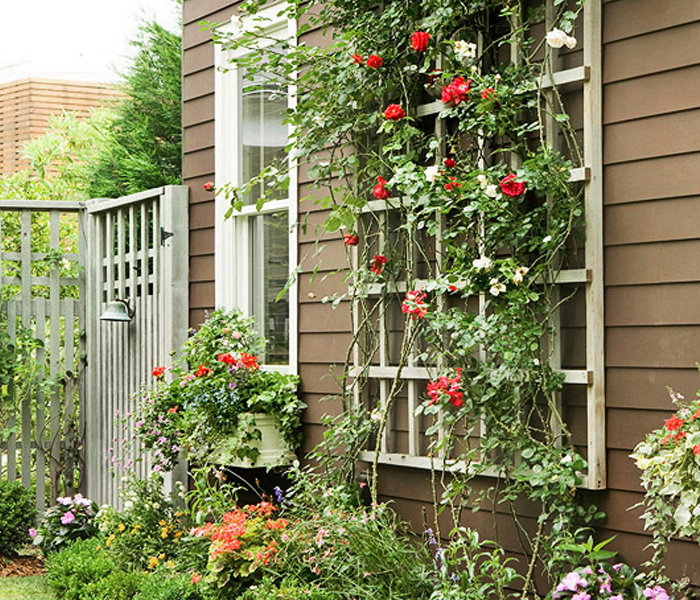
Establish trellis for tall and climbing plants. Tie their regrown whips (for example, in clematis). For luxurious peony bushes make fencing. Some garden crops (tomatoes, cucumbers, beans, peas, peppers) also require the installation of supports and tying.
Transplanting
You can transplant seedlings of heat-loving crops when the threat of frost has completely disappeared. For example, they love warmth:
- tomatoes,
- eggplants,
- sweet peppers,
- zucchini,
- cucumbers,
- watermelons,
- melons,
- pumpkins
- late cabbage.
Sowing seeds
The seeds of beet, winter radish and carrots are sown in the ground, which will be stored for winter storage.
Removal of tomato stepsons

Tomatoes in greenhouses need to remove stepchildren that interfere with full fruiting.
Cucumber care
In June, much attention should be paid to cucumbers. Since the roots of cucumbers are located in the upper layer of the soil, they must often be watered and loosened, because their roots need free access of air for good development. In this case, an excellent way is to mulch the ground with mowed grass, straw, sawdust.
If the whips have grown strongly, then side shoots can be shortened. Often in June there is rainy weather, because of this, cucumber pollen becomes sterile, and the fertilization of female flowers ceases. You can cover the cucumber bed with plastic wrap overnight. Open them during the day for insect pollination.
Green seeding
Sow salads, dill, parsley, basil and other herbs. With this we will ensure the constant presence of fresh greenery on your table.
Arrangement of onion combs
Rake the soil into rows with garlic and onions in early June. So these plants will feel much better. The sun warms the ridges well, the airing is also excellent, so the harvest is healthy and large. In late June, on the winter garlic throws arrows. They need to be carefully removed.
Feeding garden crops
When fruits are tied and developed on vegetable crops, they need regular supplements. Greens need nitrogenous fertilizers, root crops need phosphate fertilizers, and fruit crops need potash fertilizers.
Harvesting
Already in June, the first harvest can be harvested: greens, radish, jealous, asparagus. Harvesting will last until the end of summer. Harvest should be harvested as they ripen and do not wait for the fruits and vegetables to become a presentation. In time, the harvest is much tastier than the overexposed, besides, the plant releases the strength to ripen the following vegetables.
Fight against diseases and pests
It is necessary to regularly arrange landings for signs of damage from pests and diseases. You should remove those parts of plants that are affected by pests. You can pick up the pests with your hands or you can use pesticides. It is advisable not to use products that are aggressive to the environment.
To increase crop production, we recommend buying a greenhouse.


